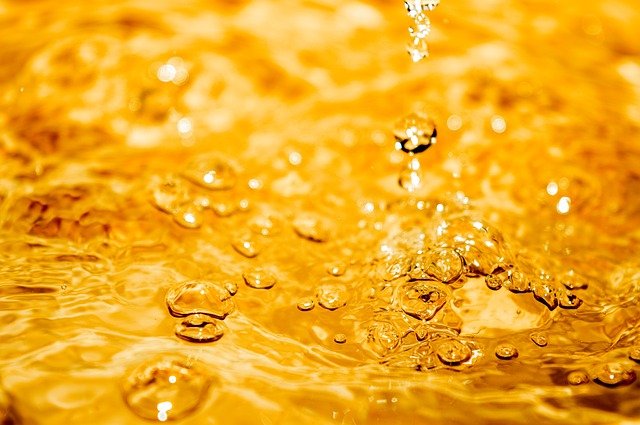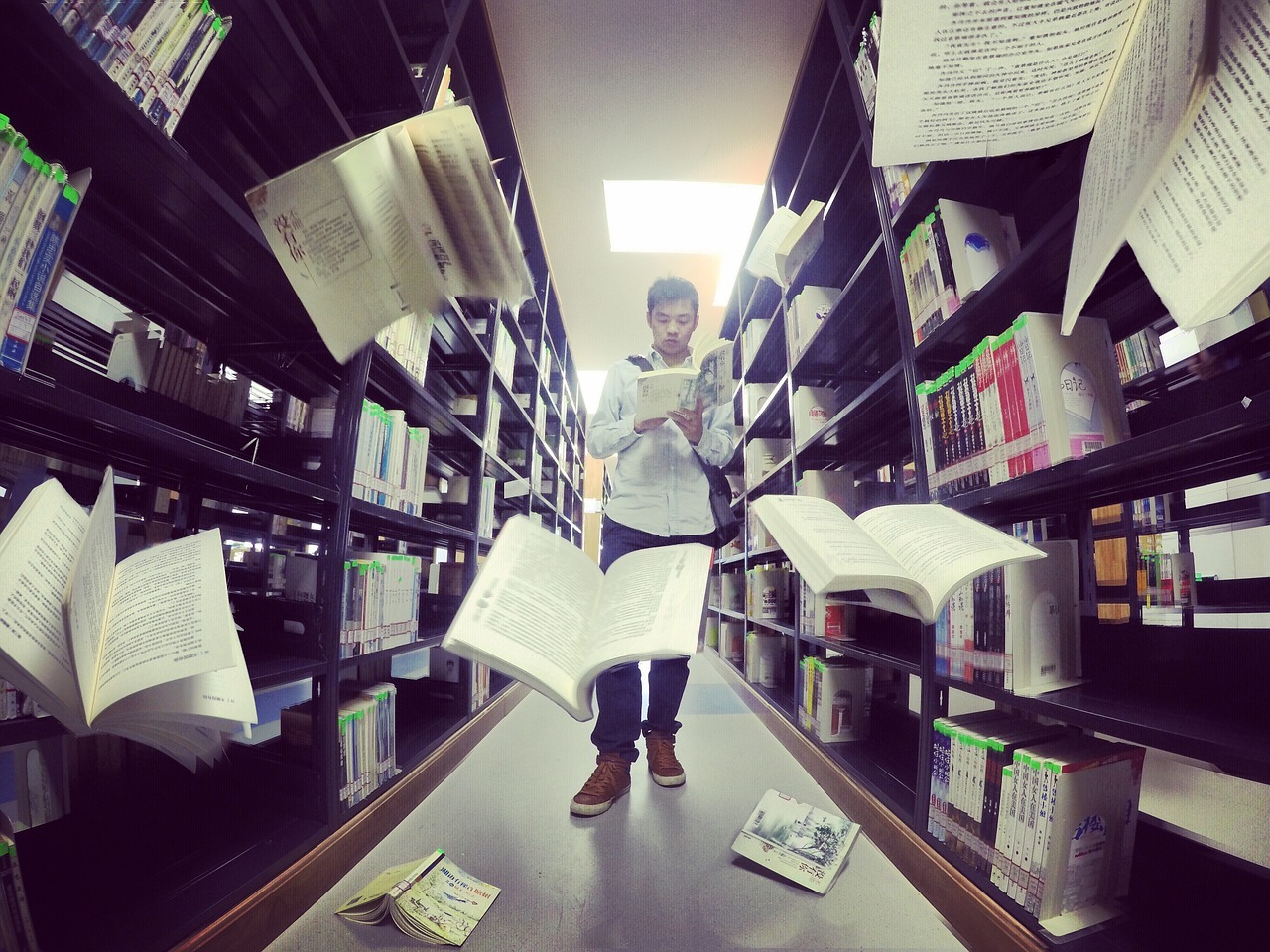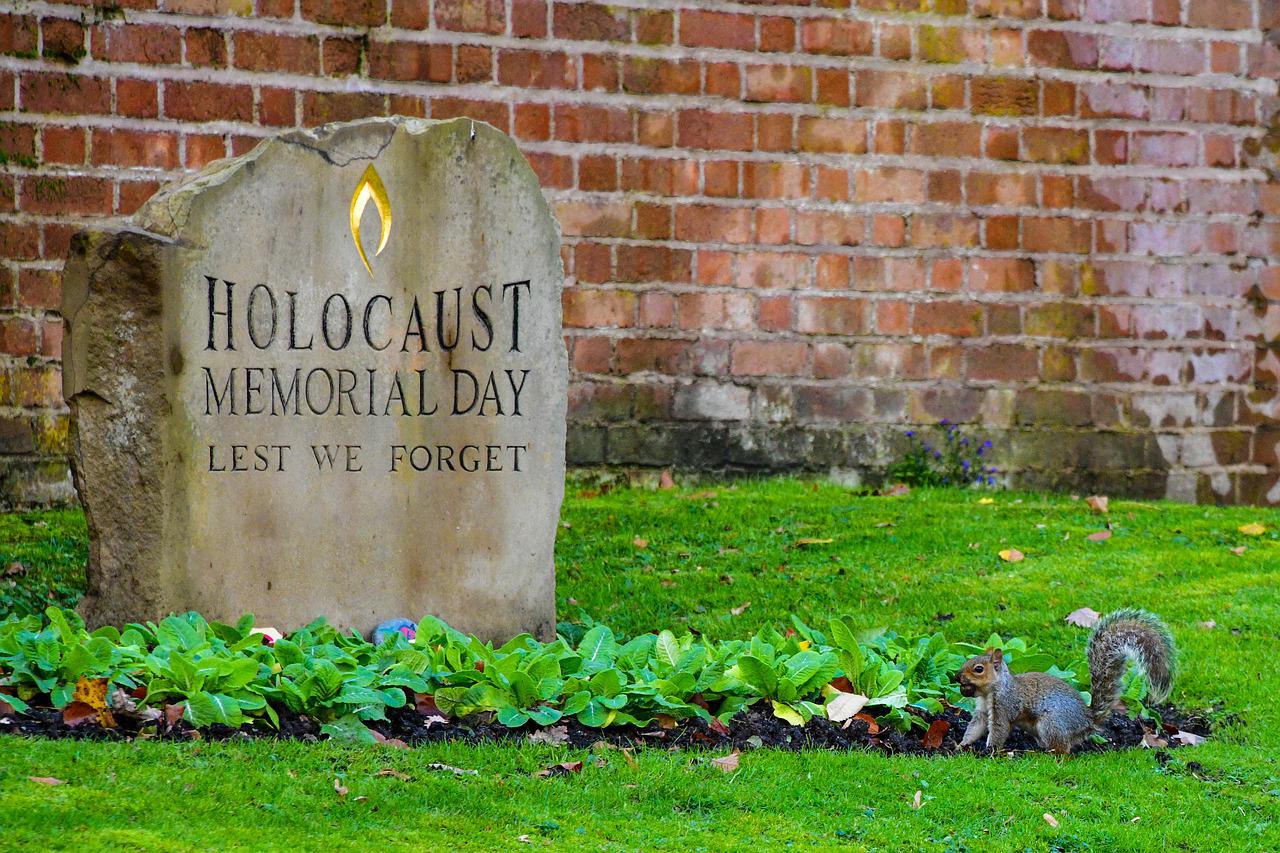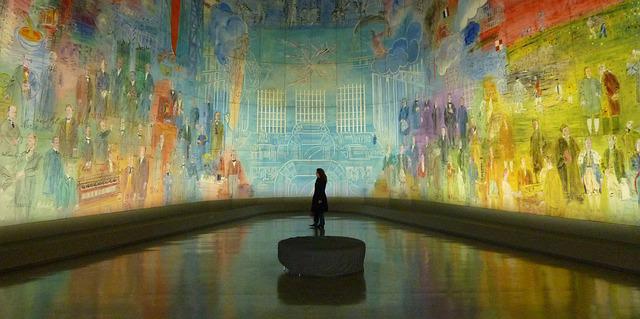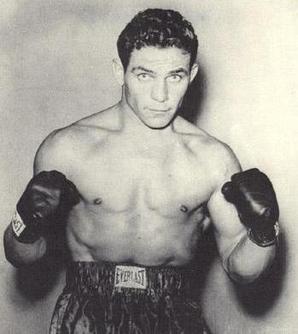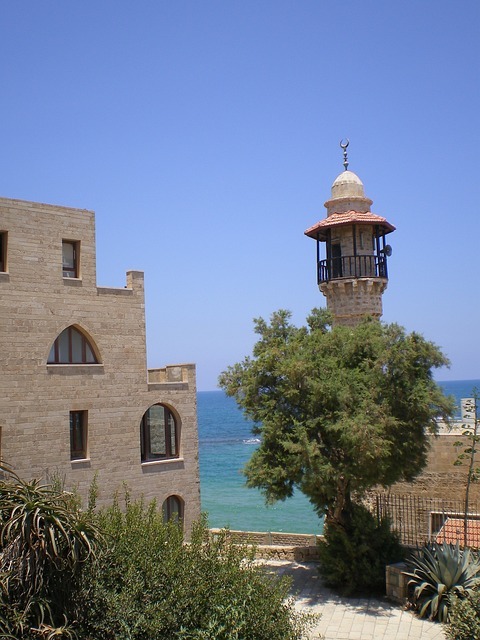Monoatomic Gold
Theories abound suggesting that the covering of the Ark of the Covenant was made of monoatomic gold. We examine the reliability of this concept. The key Jewish source this theory can be compared with comes from the Talmud (B. B. 99a): ‘The available space in the Holy of Holies was not in the least diminished by the Ark and the cherubim—that is to say, that through the working of a miracle the Ark and the cherubim transcended the limitations of space.’ Trying to get any handle on this concept through mainstream science is seemingly allusive. Accordingly, the nearest explanations, beyond the realm of divinity, may be found in the disputed world of pseudo science.
Why is this relevant to our search
Simply stated, this substance is said to have next to unearthly components that could be associated with another dimension. If so, that could mean that the Ark is effectively masked from ground penetrating radar, and other state of the art technical tools that could help locate its whereabouts. In the following two articles, we look at both this atom’s composition, and reference to it being connected with the creation of the universe. It is imperative to mention that we should accept nothing on face value, and knowing which theories are out there should be countered with a sound and logical inquiries as to their validity. Conversely, in investigating something as mysterious as the Ark, we should also keep an open mind for unusual explanations that might also prove to have merit.
What is Monoatomic gold

This substance is supposed to mean a gold powder so fine that it consists of single atoms not joined by metal bonds to neighbouring gold atoms. Ingesting such a substance is claimed to bring about ‘all kinds of spiritual benefits. The theme was launched by David Hudson in the 1980’s in the US. David Hudson has now long been out of business but the idea lives on and other manufacturers market products called monoatomic gold, white powder of gold and other various names.
Does this contested theory warrant further investigation
It should be added that the dispute also lingers on as to its authenticity. Due to its alleged composition gaining a large following by those associating it with the Ark of the Covenant, it is fair to include this ingredient within our area of research. While there is always the risk of losing credibility due to investigating what is probably better termed a branch of pseudo science, bearing in mind that the legends associated with the Ark’s capabilities is far from mainstream academia, a balanced approach to such theories is essential. A great deal of scientific research works through a process of elimination, accordingly it would be unscientific not to include this theory within our research methodology, given all the circumstances.
Some contest that much in the field of molecular biology and genetics have been made about the possibility of bonding single atoms of gold with the DNA helix. Radio frequency EM fields can then cause these gold particles to vibrate, thus heating the DNA and influencing its chemistry. The gold particles offer a handle on the DNA molecule, as it were. This would lend some credence to the claims that monoatomic gold may indeed have some effect on DNA, at least in terms of making this increasingly sensitive to remote influences.
Is it harmful to body and soul


